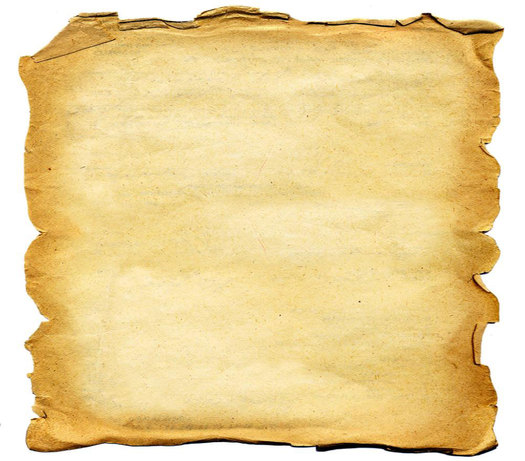
"Google Vase," by Daniel Michel
In a post here a few months back, I argued Google Image search results for terms like “Mona Lisa” and so on could be seen as something like digital readymades — image clusters that form a new image with its own intrinsic visual interest and meaning. (I was originally indirectly inspired by an exchange with Dave Winer, and his post here about searching for a genuine image of the Mona Lisa). Since then I’ve occasionally made new searches, out of curiosity, and a couple of weeks ago began to keep the results in one place: http://pergoogle.tumblr.com/.
As you’ll see, if you choose to browse the results, I took Rick Poynor’s advice to search for “lips,” for instance. More recently, I was thinking about the hubbub over that picture of a couple embracing amid the Vancouver riot earlier this year, and searched “riot kiss.” I’ve searched a few more names of famous artworks or monuments, and other terms that made me curious: what would a Google Image search give me in response to “Swoosh,” or “snapshot,” or “anonymous,” or even “Google”? Would “favorite Beatle” produce something much different than “favourite Beatle”? After posting here about pictures of the familiar, I searched "Most photographed barn in America." The other day I searched for "black." And so on.
I mentioned this in my sporadic email newsletter recently, and got some highly useful responses. Gladys Santiago sent me a great batch of search-term suggestions — I think I like the result for "audience" the best.
Linda Eckstein pointed me to this post last year on her blog, All My Eyes: Searching Luis Melendez mostly yielded still life paintings by the 18th century Spanish artist — but stuck among those images was a 2007 wanted poster for Luis Melendez, a convicted cocaine trafficker sought by the New Bedford police! Seperately, she also alerted me to the existence of Daniel Michel's "Google Vase," described by the artist as "a vase created by the work with the term itself. Researched pictures were collected and analized. The rotation outlines of 8 vases were arranged around a centre and connected by minimal surfaces in a 3D construction software. Afterwards the textures were set on the surfaces and the vase was printed by a 3D-Printer."
Finally, James Gaddy responded with his own variation on Google Image search results. "Paper, Large Only" involved a search for "paper," but (as the title suggests) using Google's option to narrow results by file size — large only, in this case. He's presented results as a slide show — and it's pretty interesting!
And the point of my writing about all this is what? One answer is that it's a visual experiment in human-machine collaboration: A kind of meaning is revealed by these algorithm-driven composites, the specific collection of images Google spits back in response to whatever word or phrase I type in, and something genuinely new emerges in the way the thumbnails relate to each other. Very learned critiques, I believe, could be extracted from, or imposed upon, these digital things.
The other answer is that it's fun.

The first result from James Gaddy's "Paper, Large Only" search, presented here in small format that sort of undercuts the whole point.
